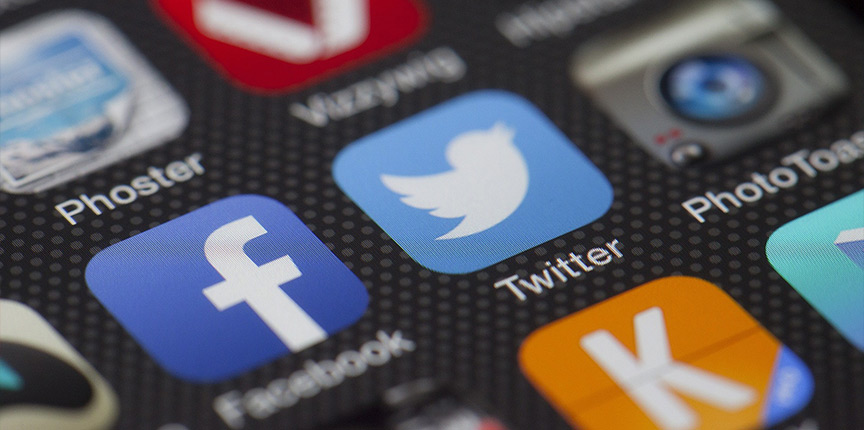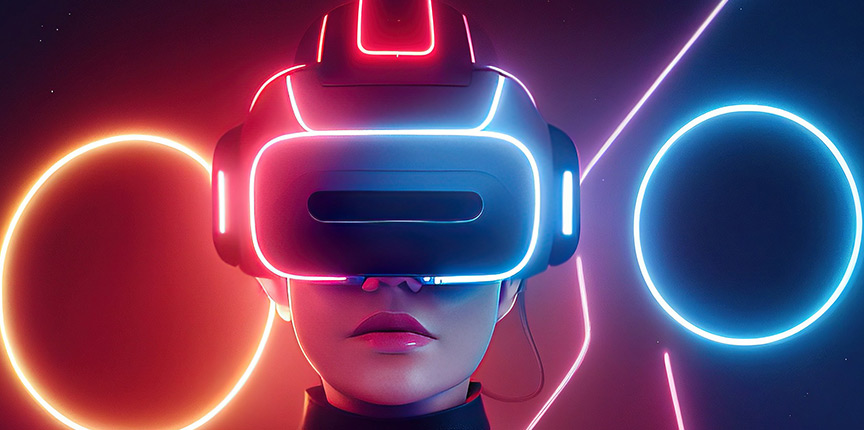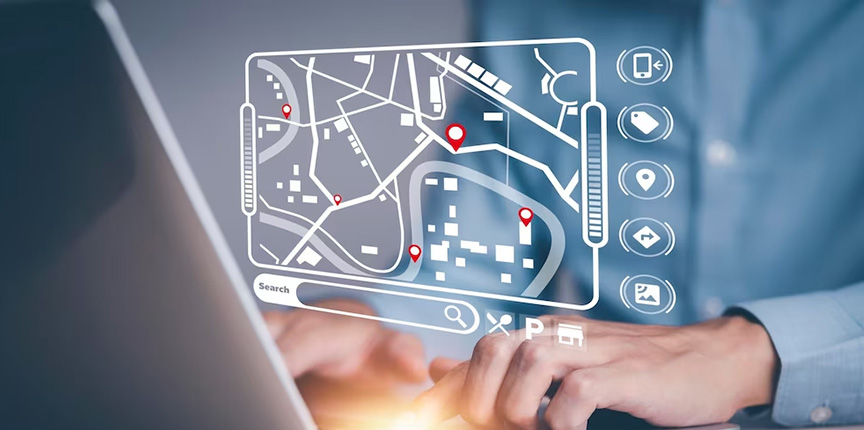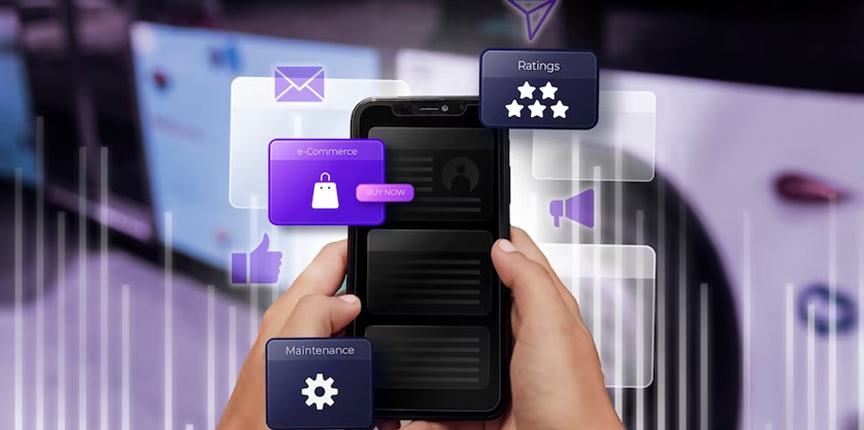Resources for E-Commerce Business Success
Nabamita Sinha, 2 days ago

With the rise of digital media, outdoor marketing agencies face new opportunities and challenges in reaching modern audiences. While billboards, signage and other traditional formats remain staples, agencies focused on outdoor brands are now leveraging technology to create multi-dimensional campaigns that blend online and offline worlds.
For agencies specializing in the outdoor advertising space, staying ahead of rapid digital developments is vital for engaging brands and consumers in their niche.
Outdoor marketing agencies have been around for a long while. But marketing has successfully moved beyond the forays of outdoor marketing. As a result, it is very important for people to understand how these businesses are making an impact on the modern digital forefront. Here are some of the ways outdoor marketing agencies can transition to the digital forefront.

Dynamic digital billboards now dominate roadsides and urban areas, replacing their outdated static versions. These high-impact displays feature vibrant motion graphics, variable content and data integration, allowing for real-time personalization based on weather, time of day and location.
A digital billboard may promote a cold beverage on a hot summer day and automatically switch to showcasing winter jackets as temperatures drop. This context-aware approach helps brands deliver targeted, relevant messaging when and where it matters most to grab attention.

QR codes, hashtags and links to branded content allows physical billboards and signage to extend their reach into digital spaces. Strategically placed codes allow consumers to unlock exclusive behind-the-scenes footage on social media, drive traffic to branded online articles and websites and encourage user-generated content.
This integration between outdoor and online content creates a more immersive brand experience spanning platforms. For companies targeting digitally savvy customers, these hybrid campaigns help promote ongoing conversations and relationships with their brand communities.

Adding interactive elements is another way agencies build engagement. Consumers increasingly expect to participate in branded advertising, whether that’s tapping a touchscreen billboard to play a brand game or scanning a code to launch an augmented reality experience that brings a billboard to life.
Clients can incorporate these technologies to showcase their products in innovative ways, such as using AR to allow consumers to virtually try on a new jacket displayed on a billboard. Gamifying campaigns also help infuse interactivity and memorable fun. For example, White Castle’s promotional strategy, which involved offering a coupon for a complimentary item to customers who played a game, achieved a 36% purchase conversion rate from that campaign.

Location-based mobile targeting through GPS and geo-fencing allows for precision-guided outreach. With access to customer data and mobility patterns, outdoor brand marketing agencies can hyper-target specific demographics within a set radius.
For example, an adventure apparel brand may use geo-fencing around trailheads or ski resorts to deliver ads for new hiking boots or snow gear to active consumers in the area.

Data and analytics affect every aspect of modern outdoor advertising. By gathering intel on audience behaviors and interests, agencies can craft campaigns that feel personalized and relevant with data allowing for optimization at each touchpoint. A brand may serve one ad to an anonymous passerby based on their visible demographic, then trigger a follow-up display with a relevant offer if that device is detected nearby again.
For example, suppose a group of hikers walks past a billboard one morning in hiking attire. In that case, the billboard recognizes their interest in hiking due to their group dynamics and attire, so it displays an ad for eco-friendly hiking boots. If a member of that group has a Bluetooth-enabled smartphone, the system can recognize that device the next time the hiker passes the brand’s billboard. It can then offer a more specific, personalized ad like “Ready for your next adventure? Come back with this code for a 15% discount on our eco-friendly hiking boots!”

Mobile integrations like QR codes for instant app downloads, SMS follow-ups and timely push notifications work synergistically with outdoor marketing. While physical signage provides wide exposure, mobile integration builds direct relationships with individuals.
Strategically timed SMS messages after someone passes a billboard or personalized app notification when entering a geo-fenced area turn outdoor advertising into a launch pad for individualized relationships and conversions beyond the initial brand impression.

Tying all these strategies together is programmatic ad buying, which automates the process using algorithms. Instead of manual ad placements, software makes data-driven decisions in real-time about which locations, formats and impressions will best reach the target audience.
This efficient approach eliminates wasted ad spend while maximizing brand visibility and ROI. While relatively new to outdoor advertising compared to digital channels, programmatic buying unlocks scalability for data-rich multi-channel campaigns for outdoor brands.

As the digital landscape continues evolving, outdoor marketing companies must embrace new technologies while still using traditional advertising formats’ unique strengths. With smart strategies that integrate digital enhancements, data-driven targeting, interactivity, and mobile technology, agencies can craft marketing campaigns for brands that reach modern consumers wherever they are.
If you are seeking to build a career in outdoor marketing agencies, you need to have a clear idea about your goal. Hence, the best way to do this is by observing the business models of some of the industry leaders. This section will help you to identify some of the most prominent outdoor marketing agencies that you need to follow in order to have an understanding of what to do next. Here we go:
First up is the AIScreen. AIScreen is currently one of the leading companies in the outdoor marketing agency industry. The brand has successfully established itself as one of the biggest brands in the current landscape. It has managed to encapsulate the thoughts and minds of critics and audiences alike.
The company was primarily built on the tenets of innovation and adaptability. As a result, the company is always looking for ways to innovate and bring newer content to the forefront. This helps them to adapt to newer changes and stay ahead in the market. A true leader.
Next on our list is a French company named JCDecaux. The company was established back in 1964 and has maintained its position as one of the industry leaders. This company is primarily a family-owned enterprise. It was named after Jean-Claude Decaux, the founding father of the company. As of now, the company operates across 80 countries, but its headquarters is located in Plaisir, Ile-de-France, France,
The company is one of the biggest names in the outdoor marketing landscape. As per sources, there are around 1 million advertising panels spread globally. The company primarily focused on billboard, transport, and street furniture advertisements. Lately, the brand is showing a shift and has tried including interactive billboards in its roster. Therefore, this has made the company better suited for the digital future.
Clear Channel Outdoor is one of the most prominent names in the outdoor advertising company. This company had a humble beginning around 1901 as Foster and Kleiser. Since then, the company went through several levels of rebranding and is now known as Clear Channel Outdoor.
The company primarily specializes in transportation, billboards and other variants of outdoor marketing. Back in 2018, the company made around $2.722 billion in revenue. As a result, it is one of the biggest names on our list.
With that, you have reached the end of this article about Outdoor Marketing Agencies and how they are shaping up the digital business landscape. However, brands need to look beyond them and break newer grounds to reach the next step. Keep following our page for more such content.
Barsha Bhattacharya is a senior content writing executive. As a marketing enthusiast and professional for the past 4 years, writing is new to Barsha. And she is loving every bit of it. Her niches are marketing, lifestyle, wellness, travel and entertainment. Apart from writing, Barsha loves to travel, binge-watch, research conspiracy theories, Instagram and overthink.
I appreciate the resources you provided for further learning.